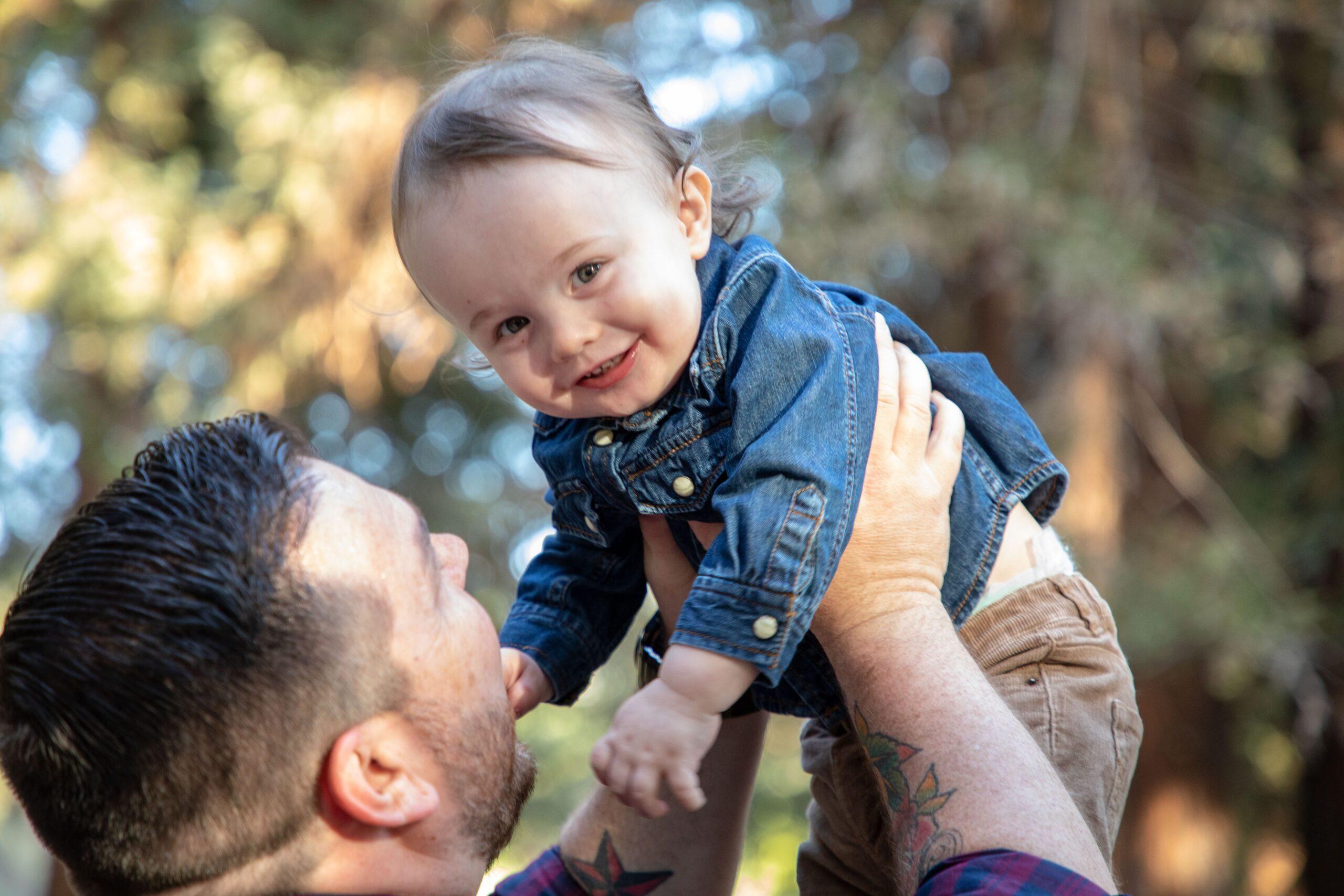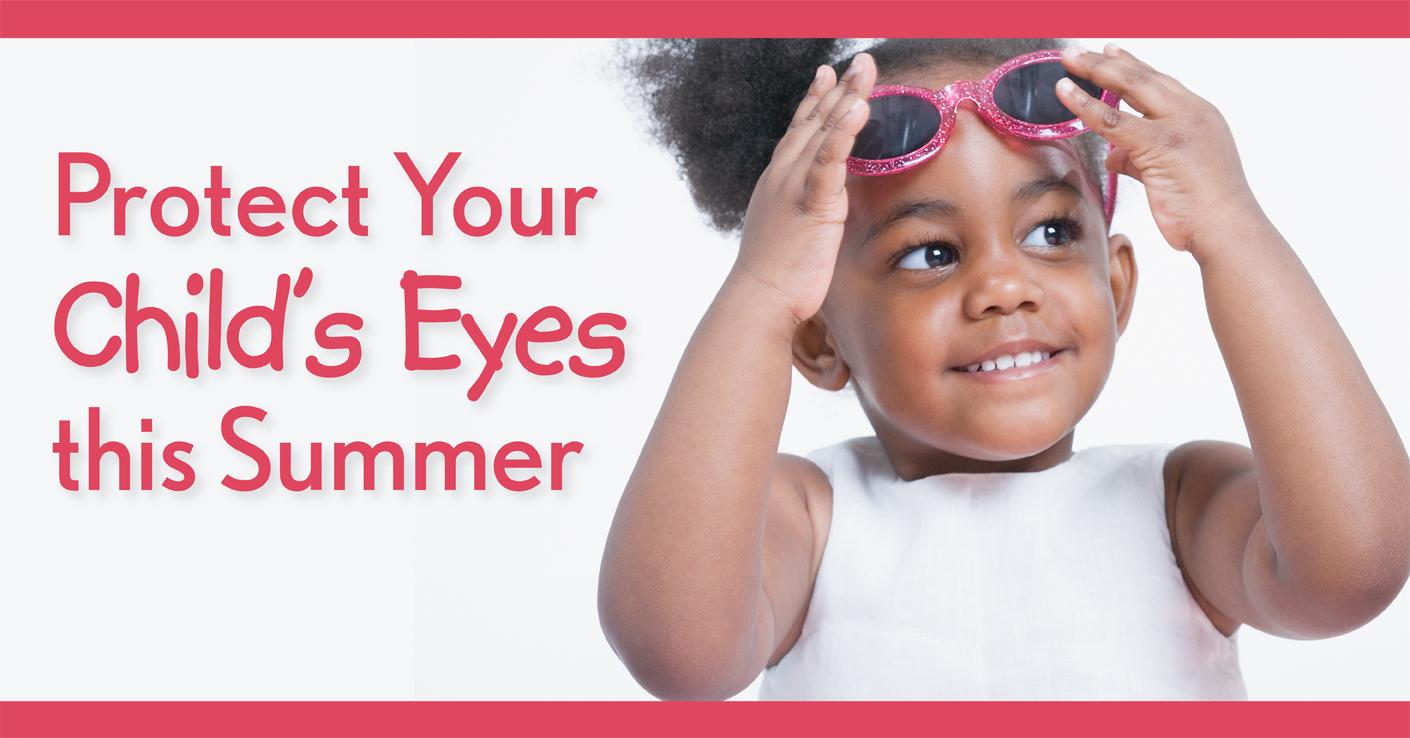According to the Prevent Blindness organization, women are more likely than men to face vision problems. A recent survey by the same eye health and safety organization also found that only 9 percent of women knew that they were at significantly greater risk of suffering permanent vision loss.
While exercising, eating right, and regularly visiting your eye doctor are some of the most effective ways to help ward off vision issues, there are age-specific recommendations that may help, too. Peruse the guidelines for positive eye health below.
20s Get in the habit of having annual comprehensive eye exams. This helps establish baseline measures and enables you to form a relationship with your eye care professional. Computer and smartphone usage are particularly high at this age, so remember the 20-20-20 rule. Look at an object at least 20 feet away for 20 seconds every 20 minutes while using digital devices. This helps minimize eye strain, visual fatigue, and headaches. It can also potentially reduce the effects caused by dangerous blue light emitted from digital devices.
30s This age group should also follow the 20-20-20 rule and take frequent breaks with computer use. Even if you have good vision and don’t require prescription glasses, consider getting eyeglass lenses made just for computer use or those that help block blue light to reduce eye strain. Also, pregnant women may want to increase water intake and use lubricating drops to keep eyes hydrated.
40s At this time, many women (and men!) begin to experience farsightedness, which is when focusing on objects close up becomes increasingly difficult. This means you’ll need glasses that magnify objects, also known as "readers." In addition to readers, lubricating drops can help comfort the eyes. Long-lasting hydration is key in order to replace diminishing tear film mucus.
50s Women in their 50s typically experience hormonal shifts that may affect their eyesight. Getting your ocular surface examined and evaluated for dry eyes is recommended. And for those of you who have put off getting readers in your 40s, you’ll need to procure a pair as your arm most likely won’t be long enough to now accommodate reading.
This is also the age range when women may begin seeing floaters and flashing lights, and they usually continue to experience diminished vision. Make sure you are visiting your eye doctor every year and keeping your prescription up to date.
While I regularly see many of the above conditions in my patients, there are some more serious issues of which women should especially be aware.
Eye Trauma
A common injury from cosmetics is accidentally poking a mascara wand into the eye. While this scenario, along with getting other kinds of makeup in the eye, is uncomfortable and irritating, it may not necessarily result in serious injury. It’s important to use common sense when judging if you should receive urgent care. The best step is to check with your eye doctor, especially if you are experiencing persistent discomfort.
Cataracts
As the world’s leading cause of blindness, cataracts or cloudy areas in the eyes’ lenses typically appear in people older than 40. To help protect your vision, it’s important to wear sunglasses, eat healthy foods, and control your blood sugar. By age 80, more than half of all Americans either have a cataract or have had cataract surgery according to the U.S. Department of Health and Human Services.
Glaucoma
This condition causes damage to the optic nerve, resulting in the buildup of pressure behind the eye. It generally shows up after age 40 and worsens over time. While there are treatments to help symptoms and early detection can help slow the progression, there is no cure for glaucoma. Men and women alike can get it, and it tends to be an inherited disease.
Diabetes
Women are more at risk for certain health conditions that impact their vision, including diabetes. According to the Center for Disease Control and Prevention, more than 12 million women age 20 or older have diabetes. This condition increases the risk for developing eye diseases like diabetic retinopathy. People with diabetes also frequently experience light sensitivity, difficulty distinguishing colors in low lighting, and trouble driving at night.
Routine visits to the eye doctor play a vital role in your overall health care. When you make them a priority, your peepers will be pleased.




